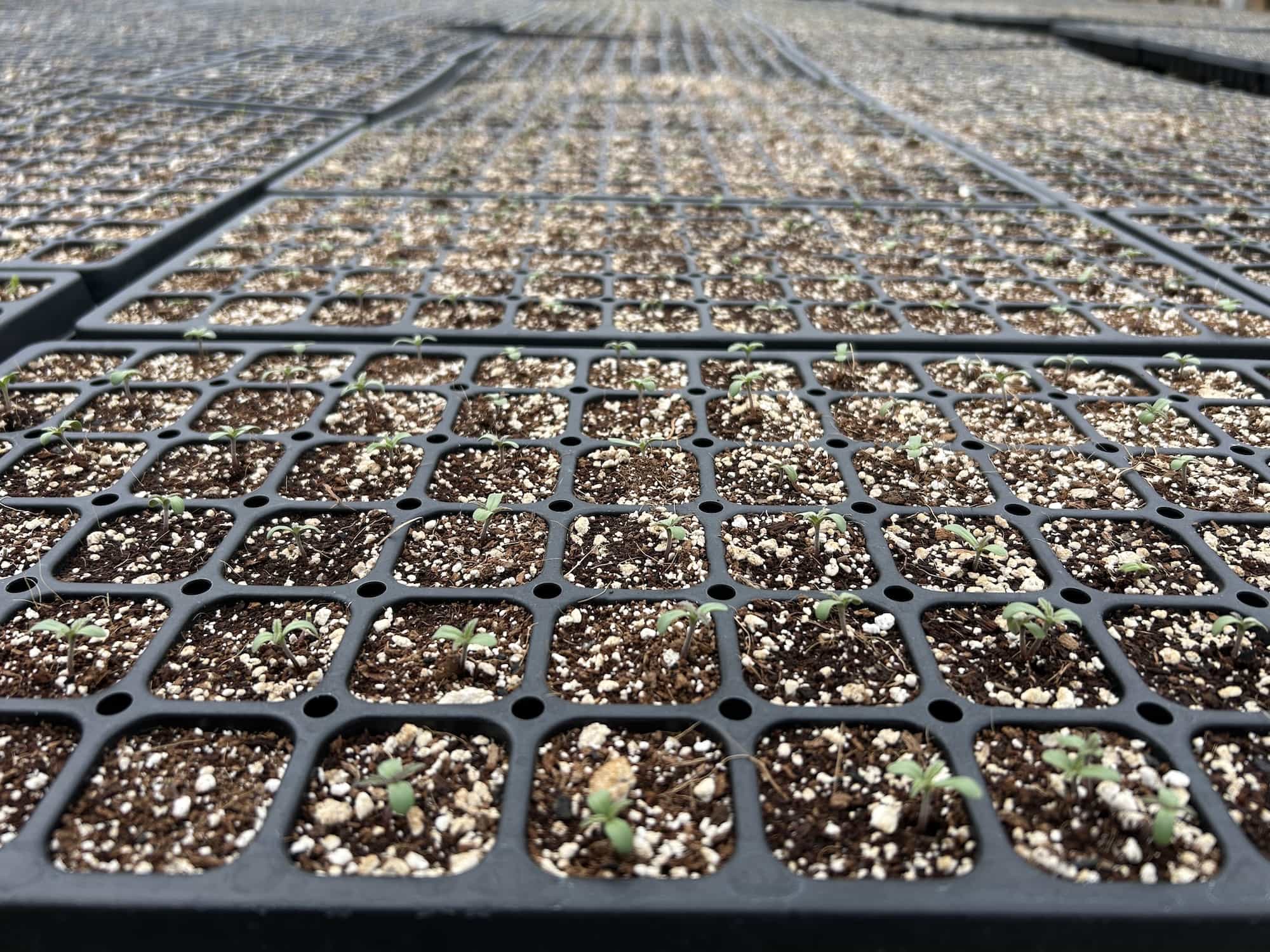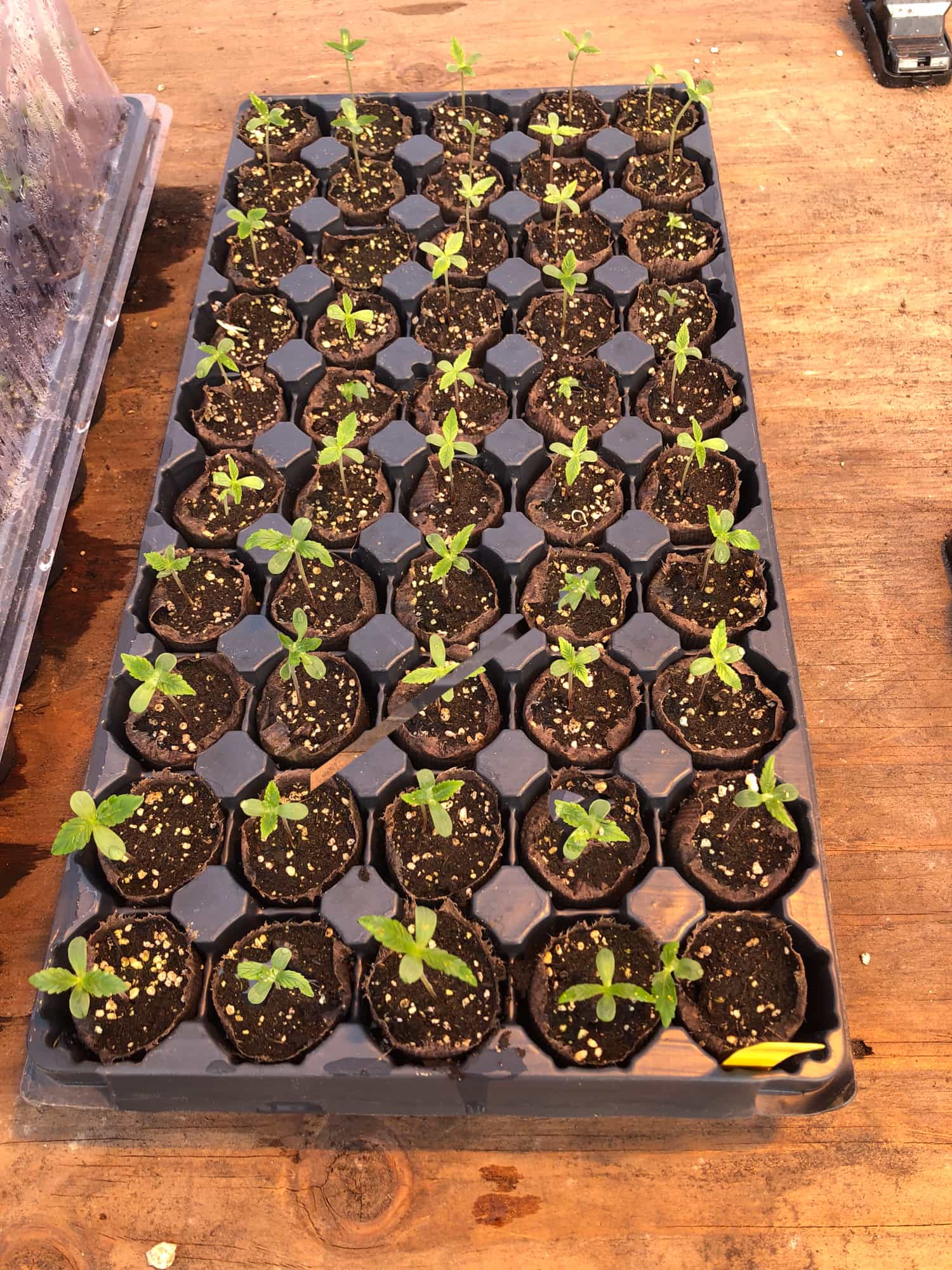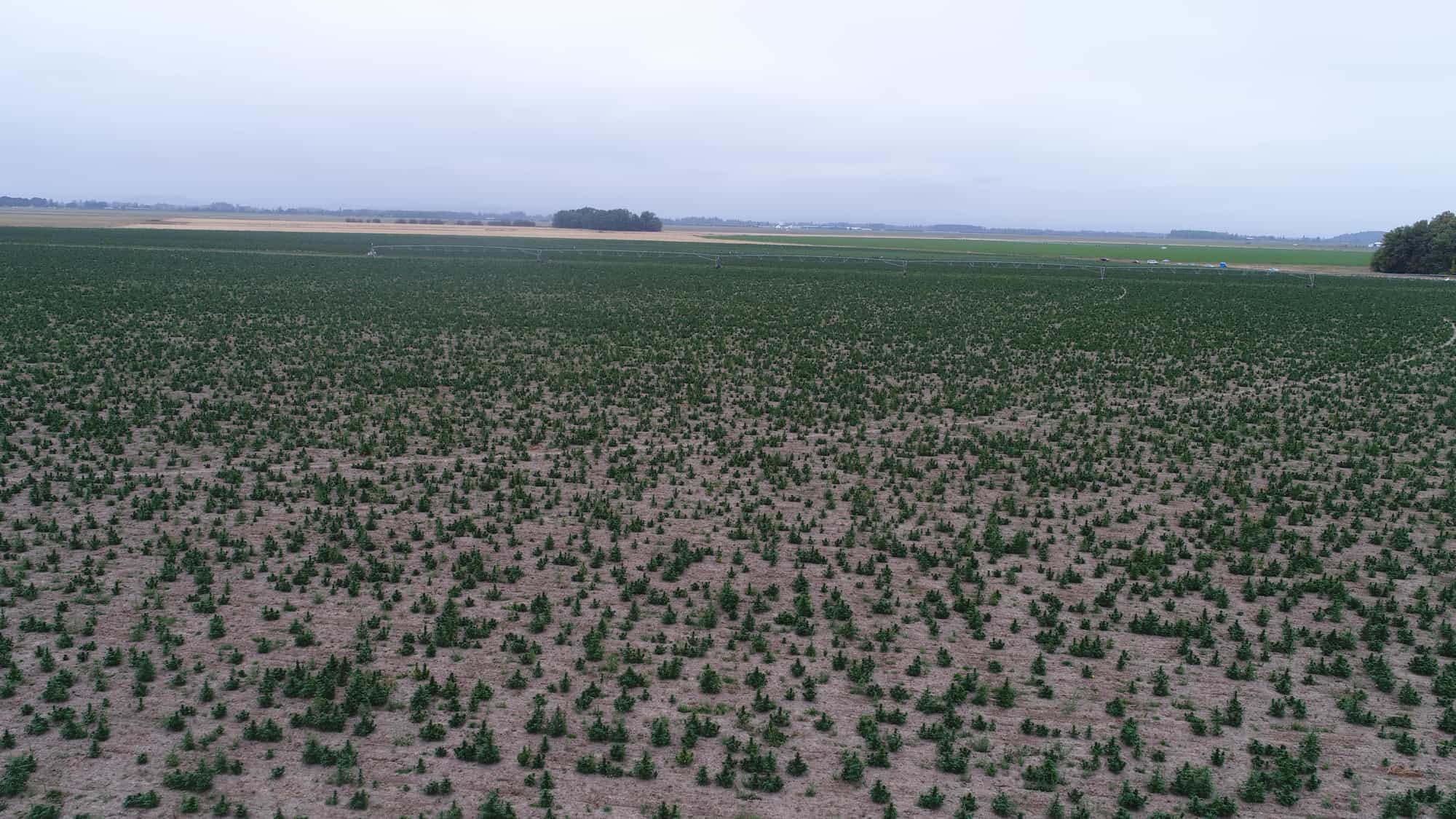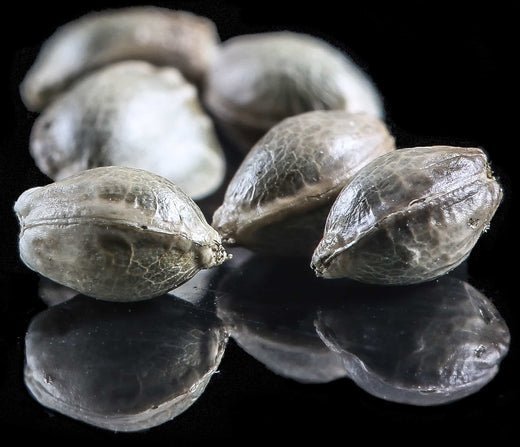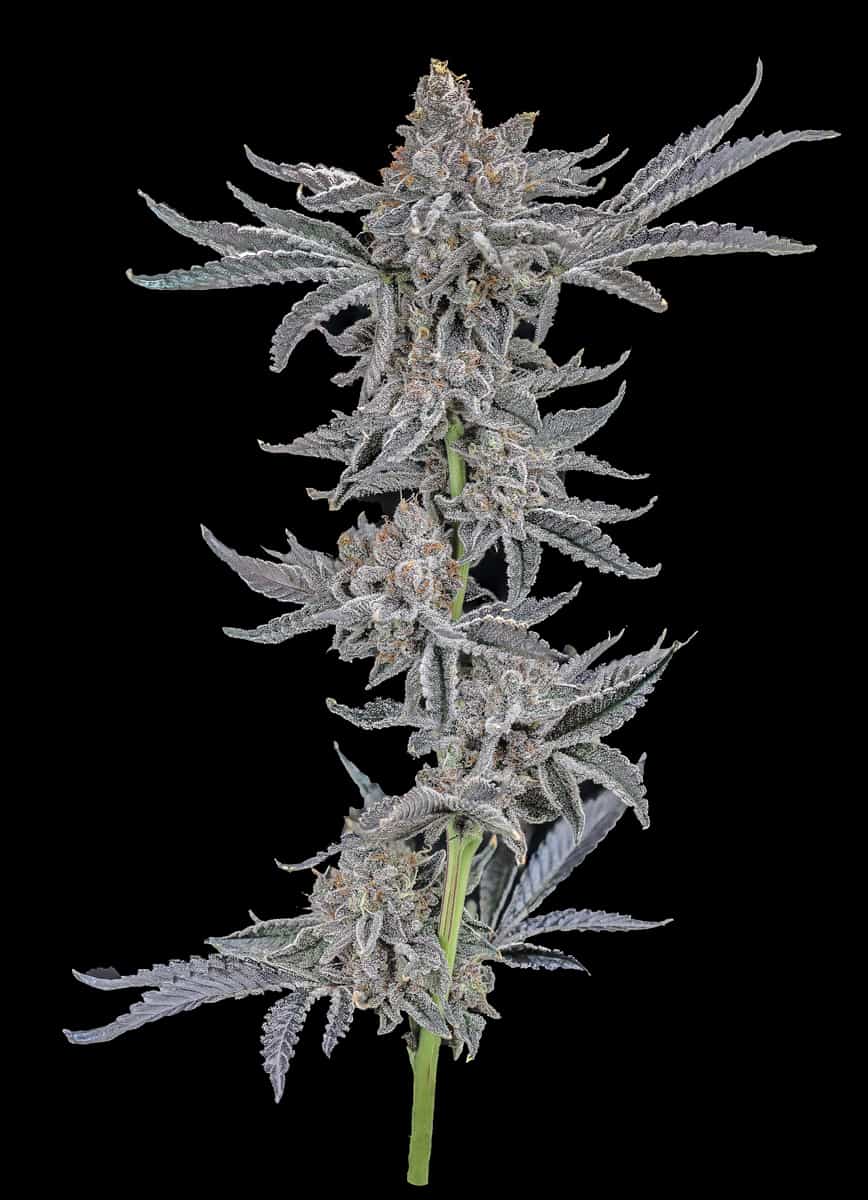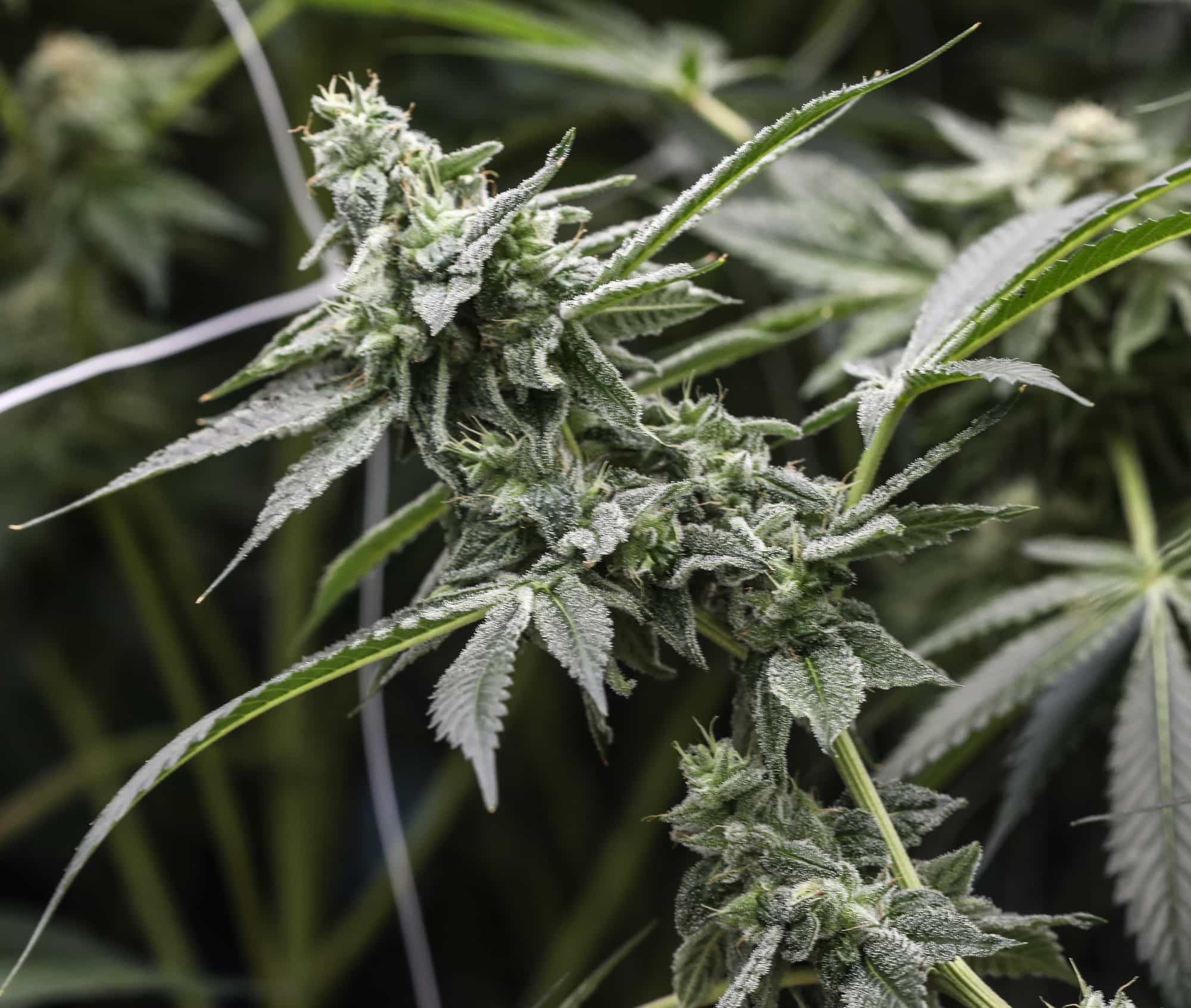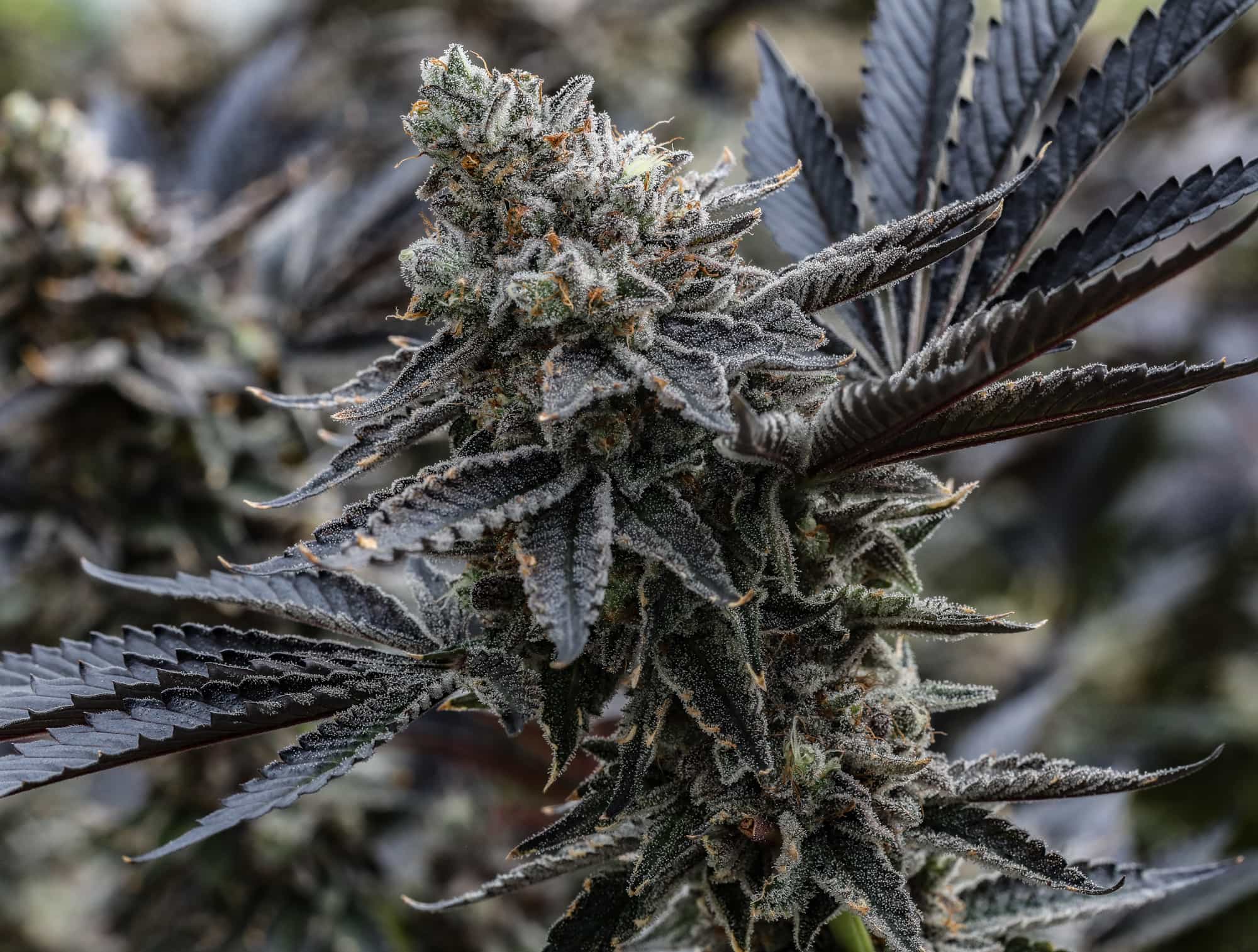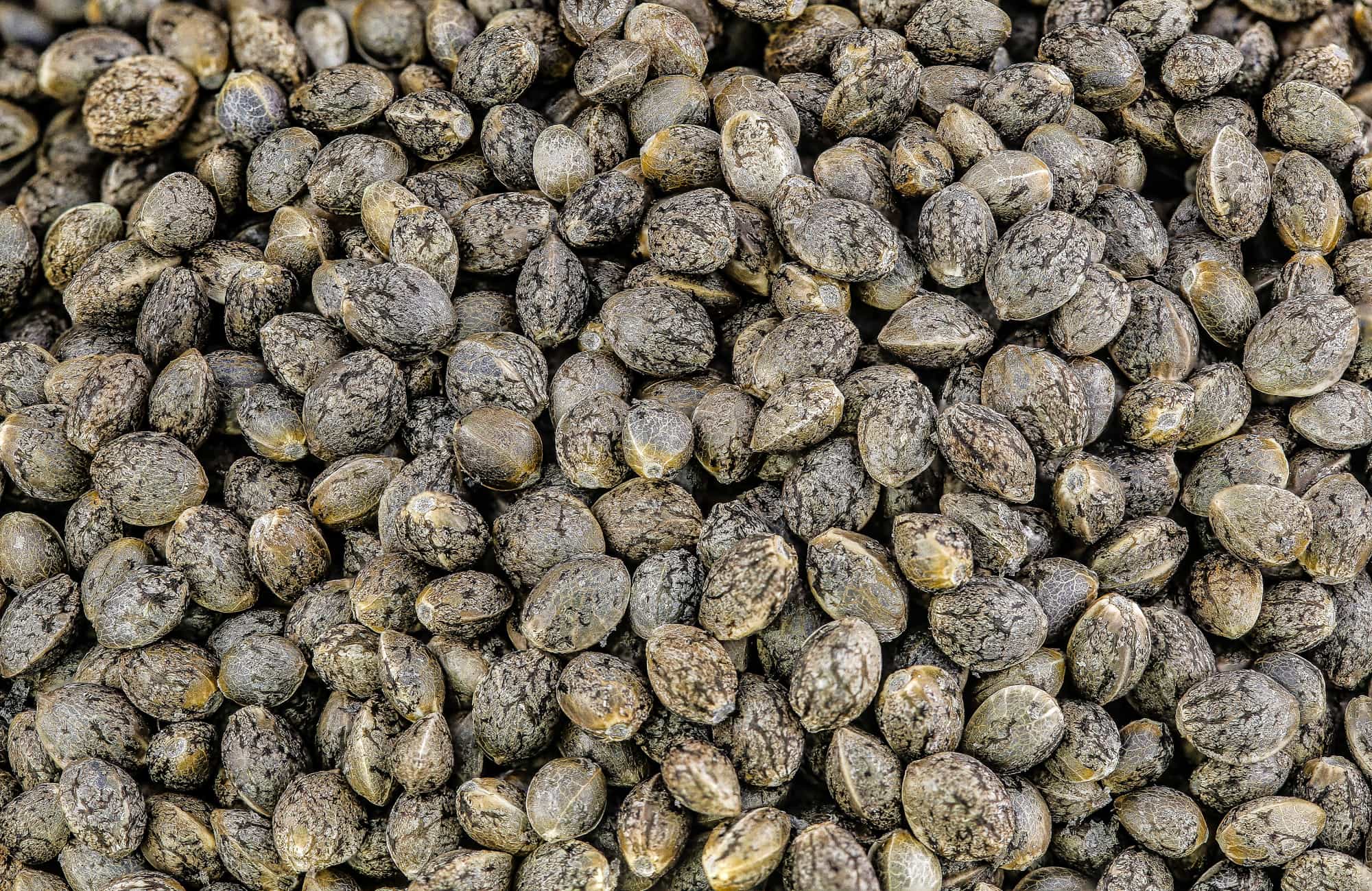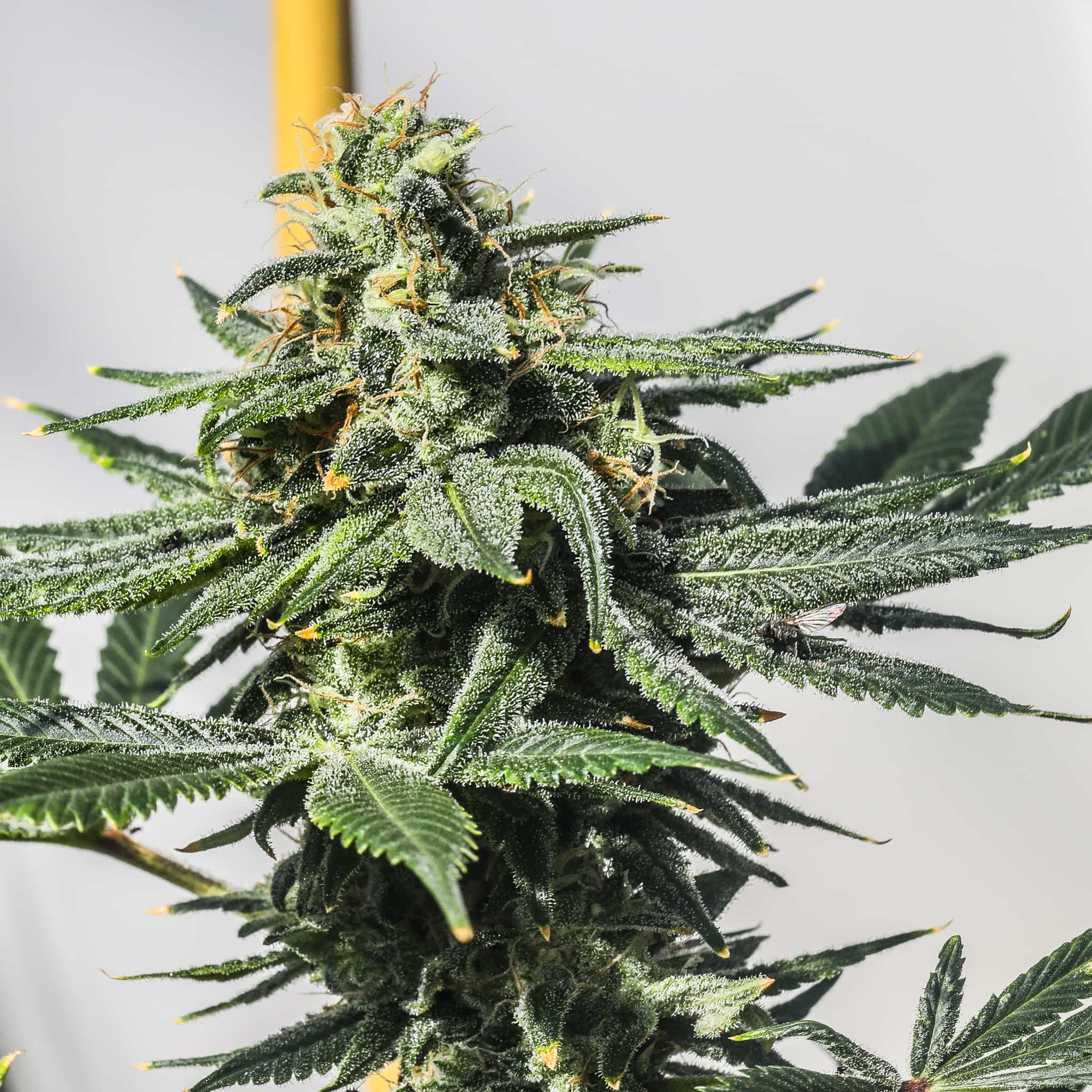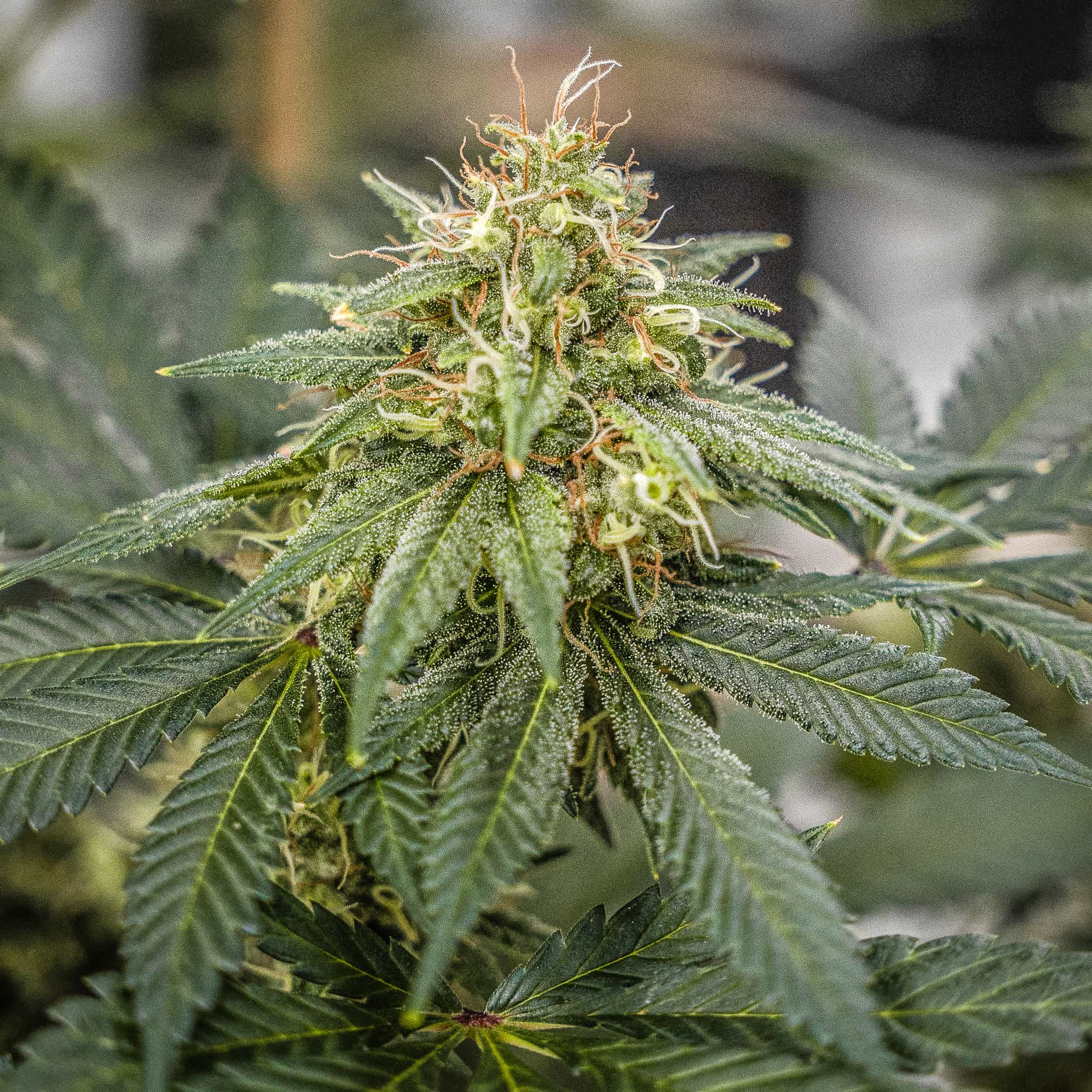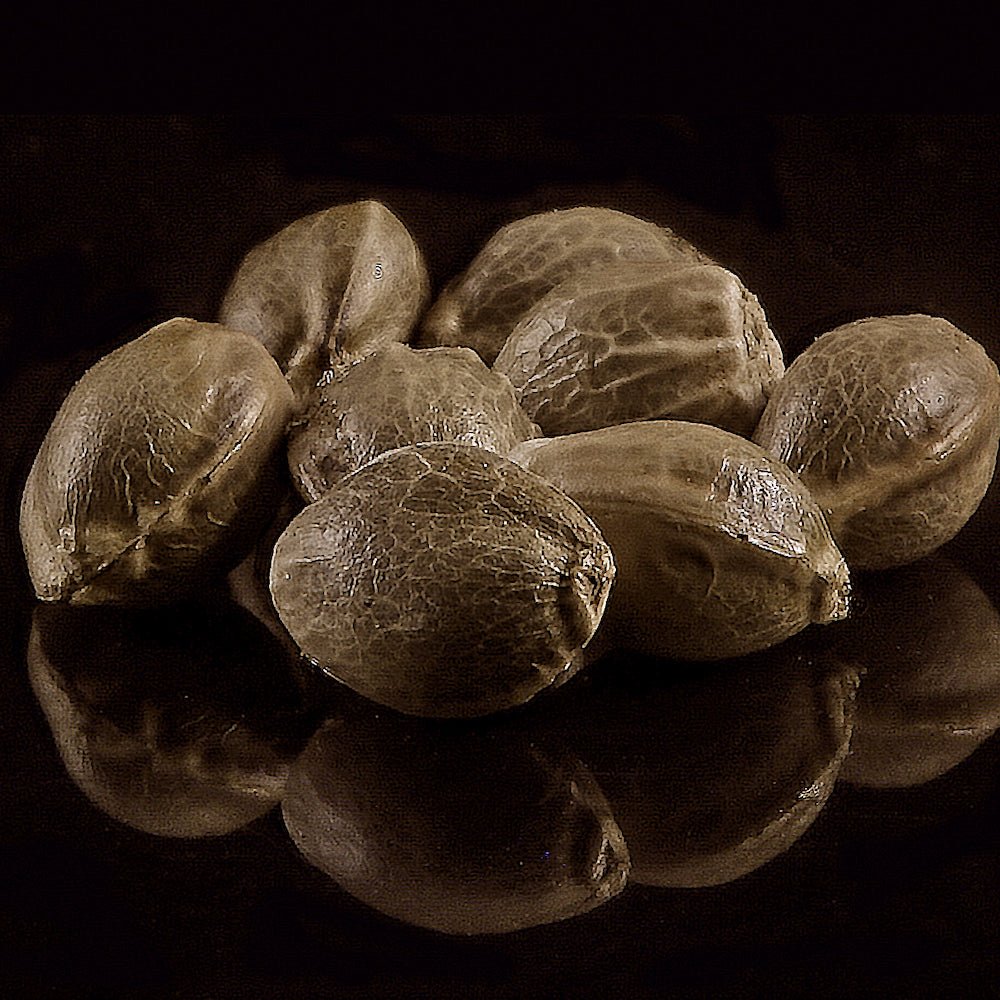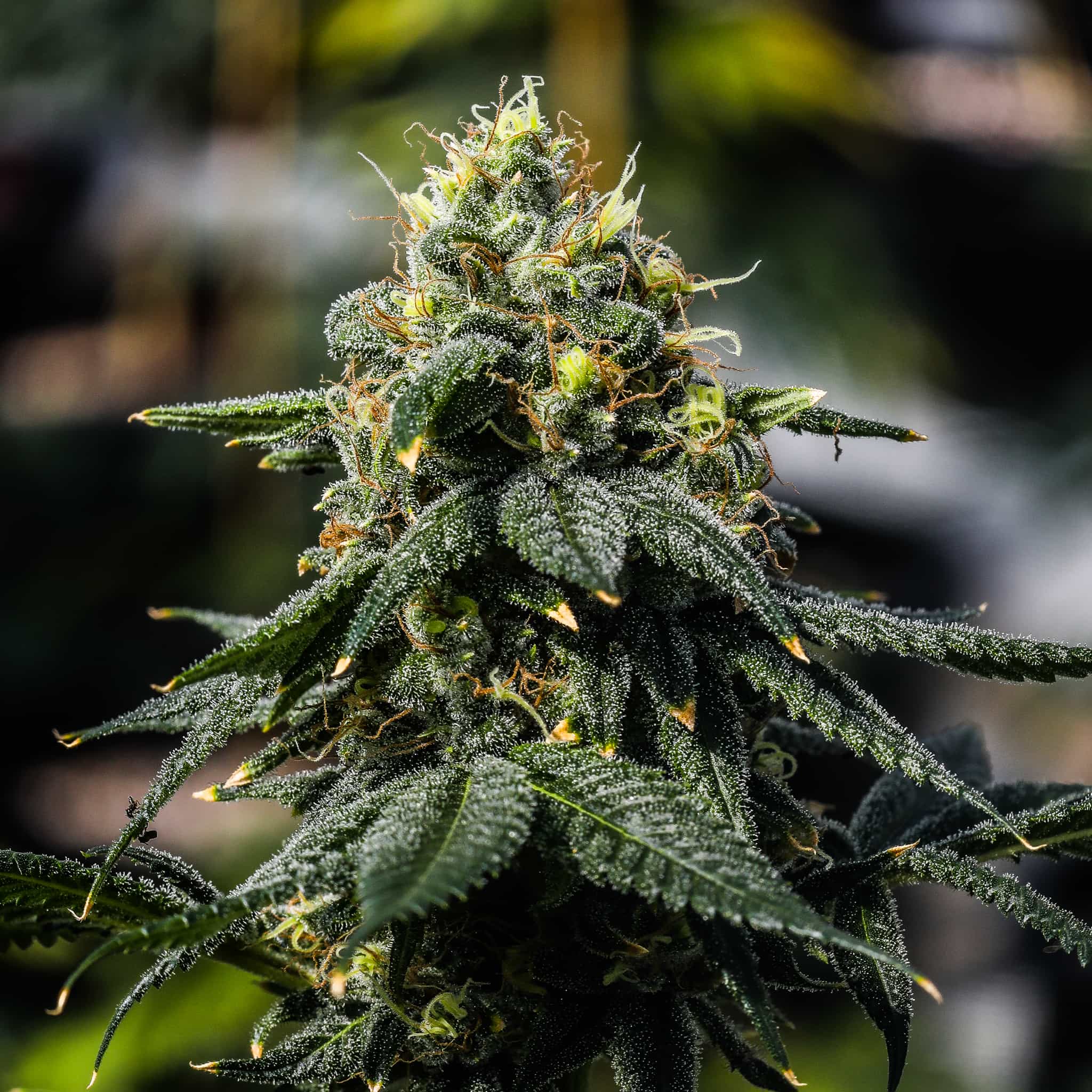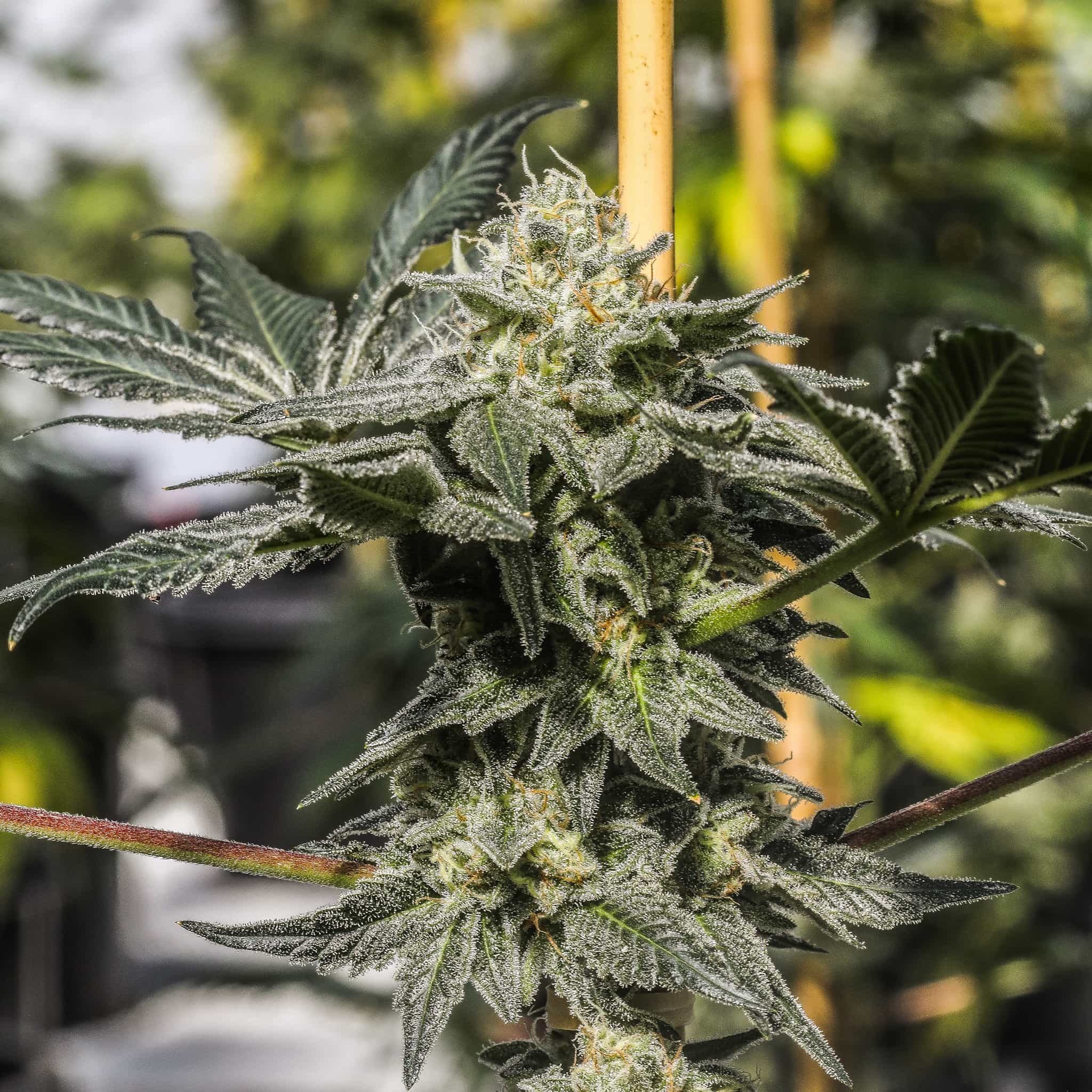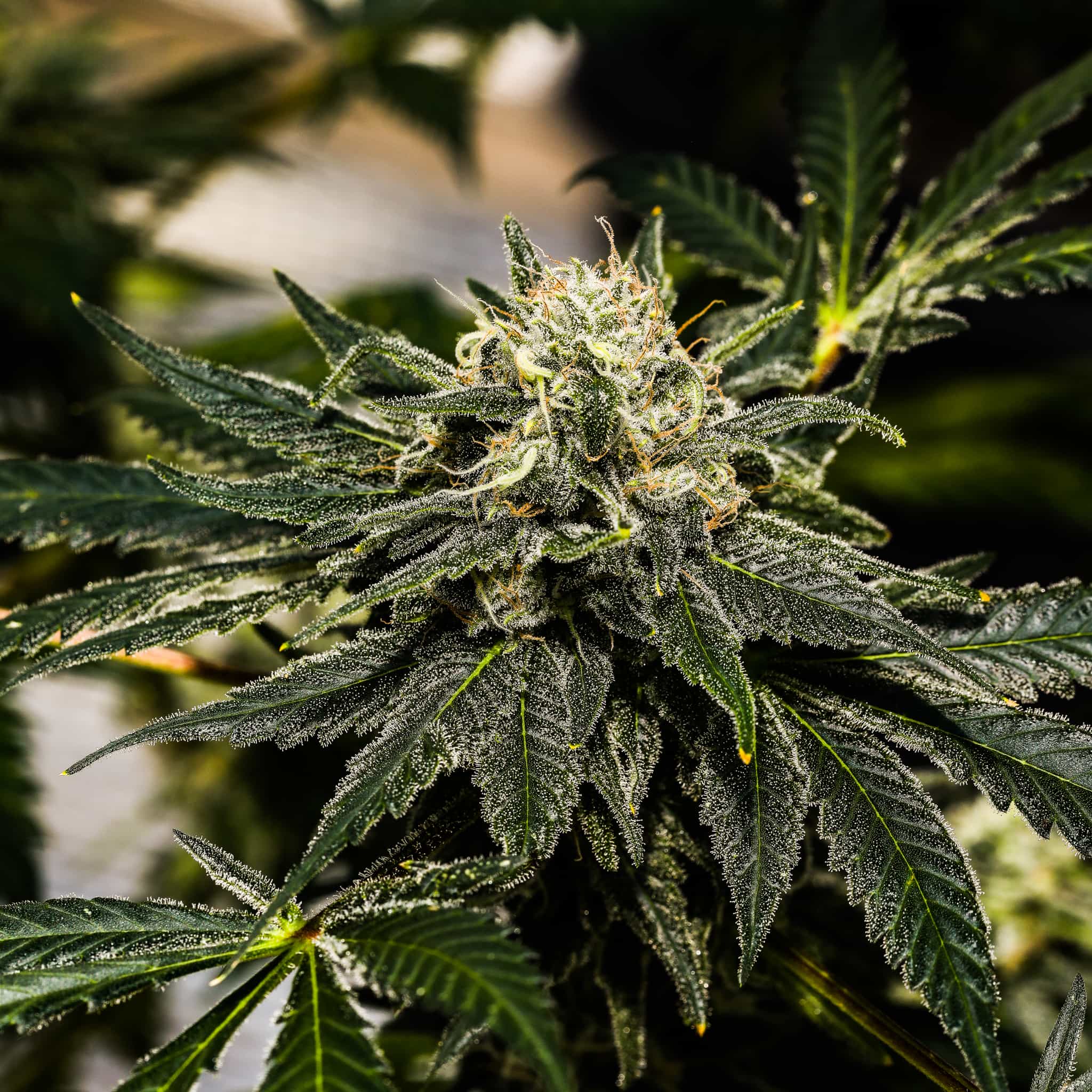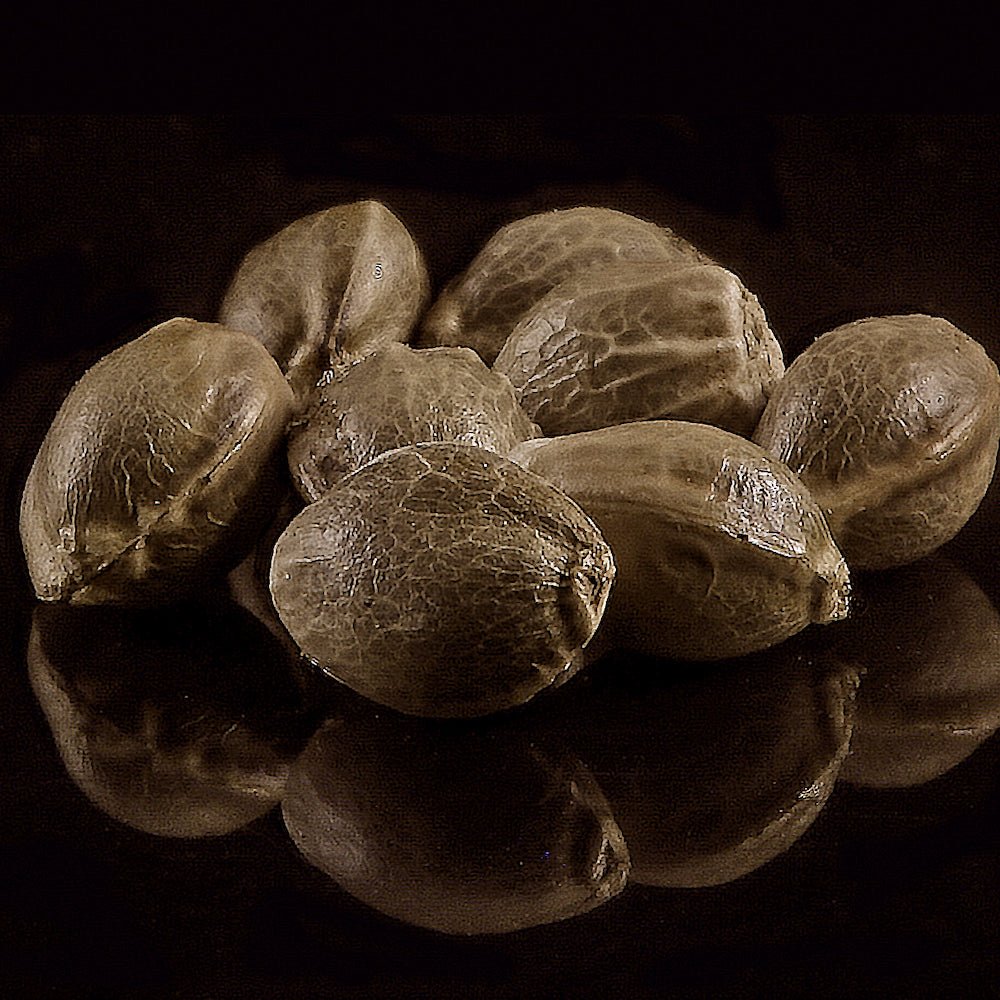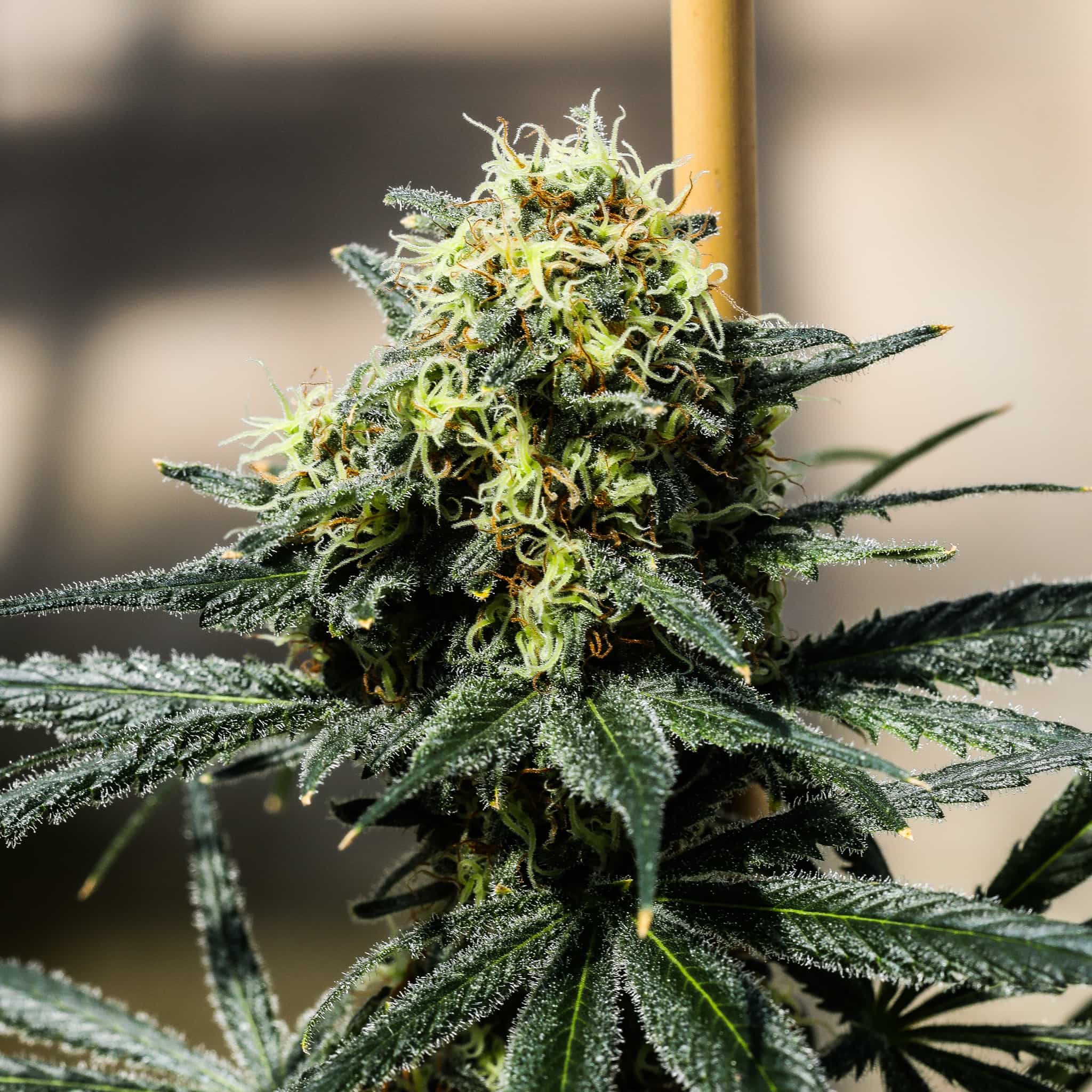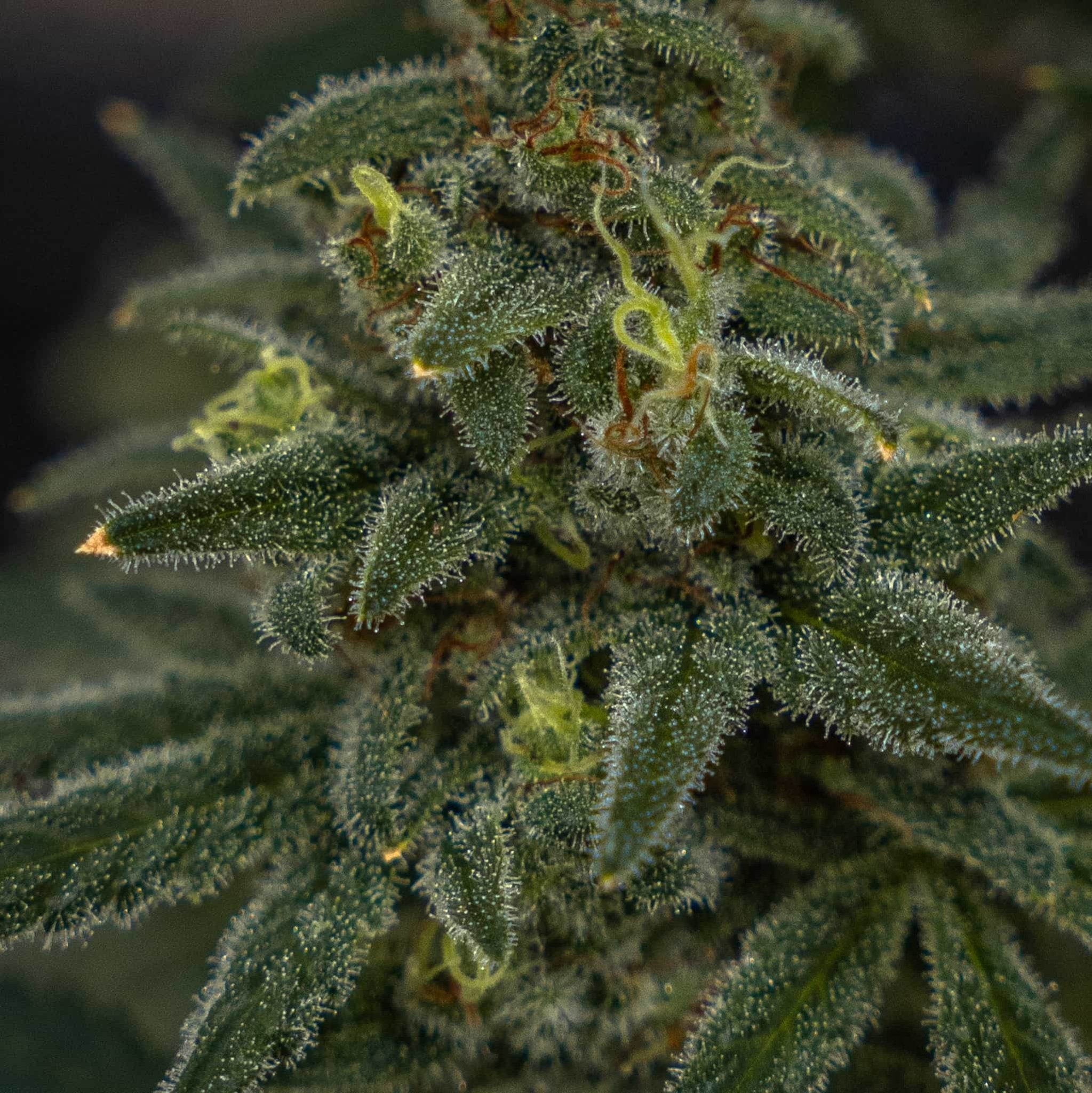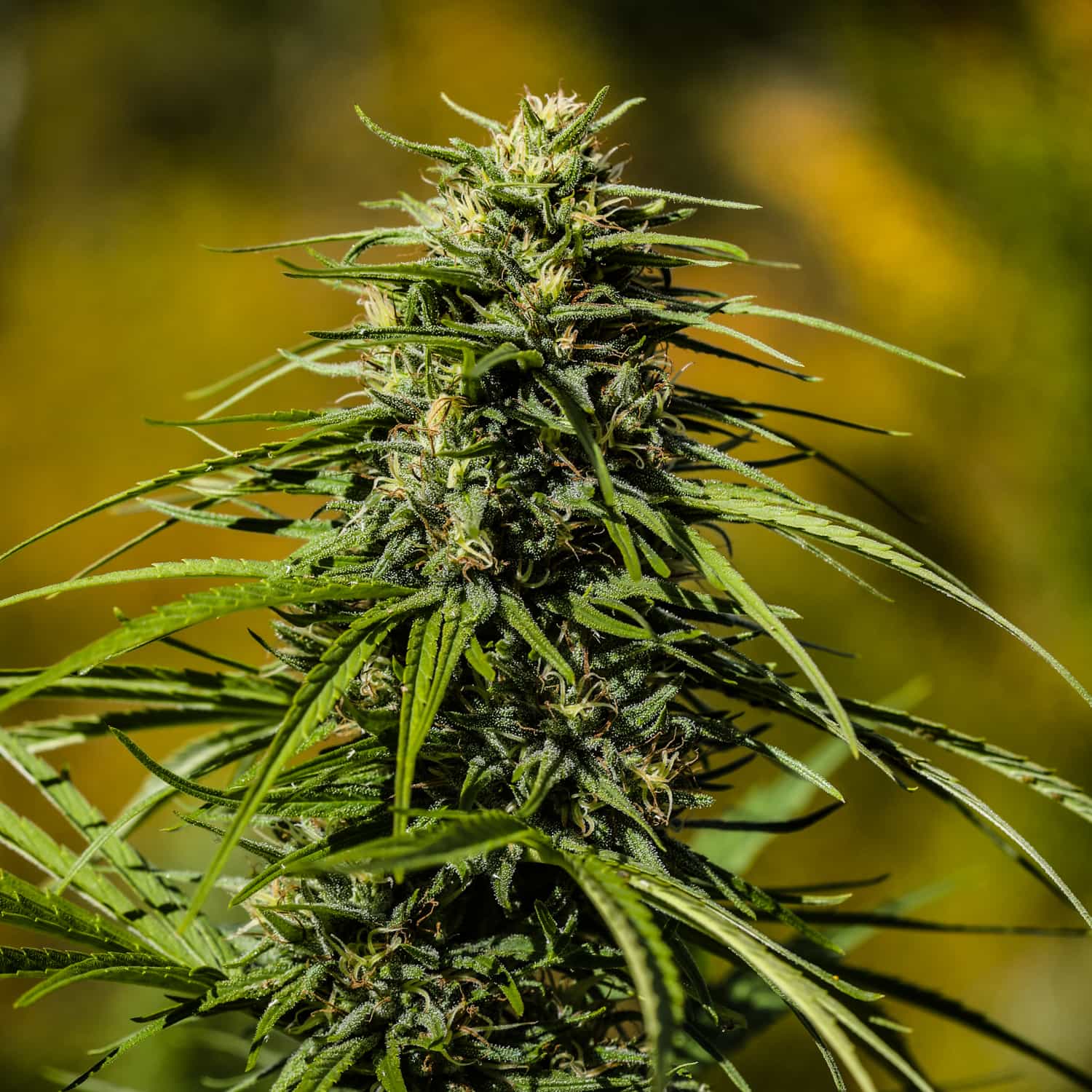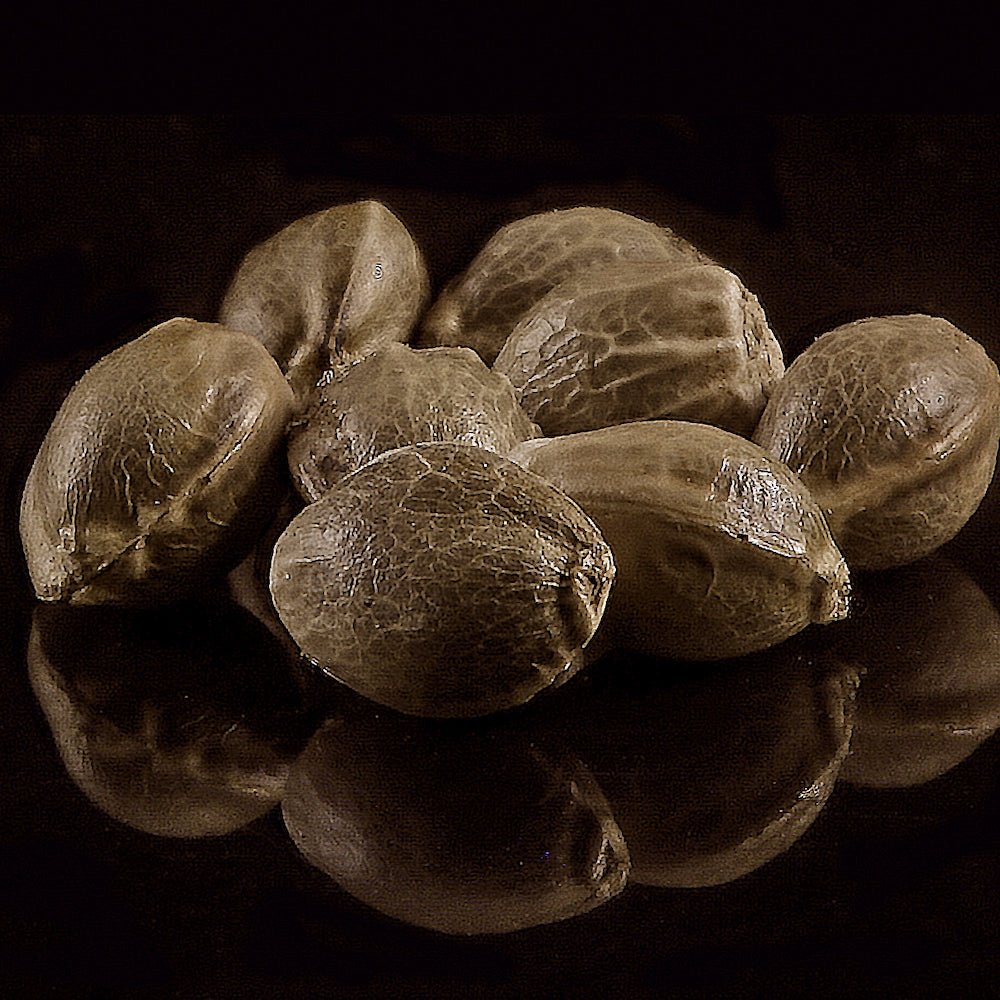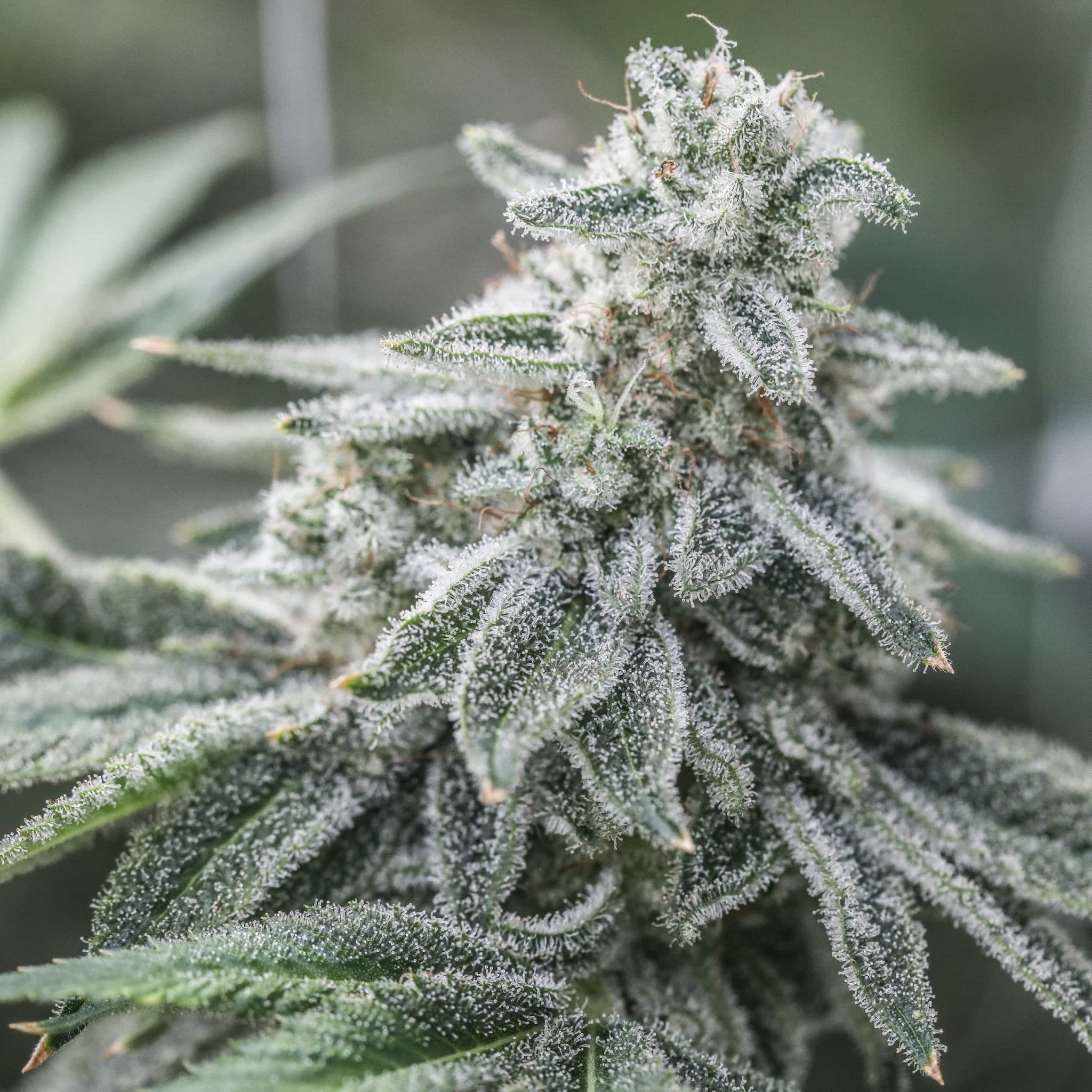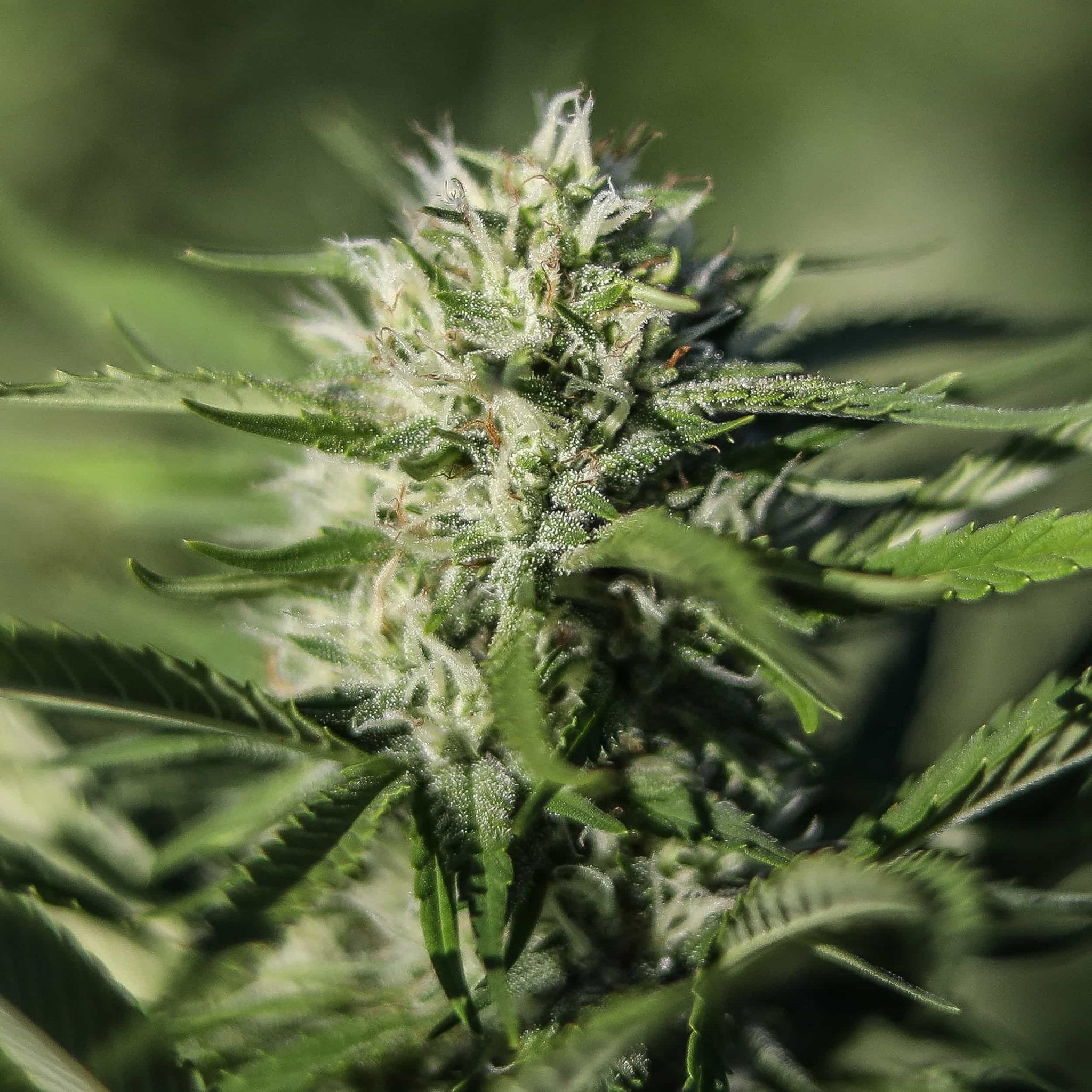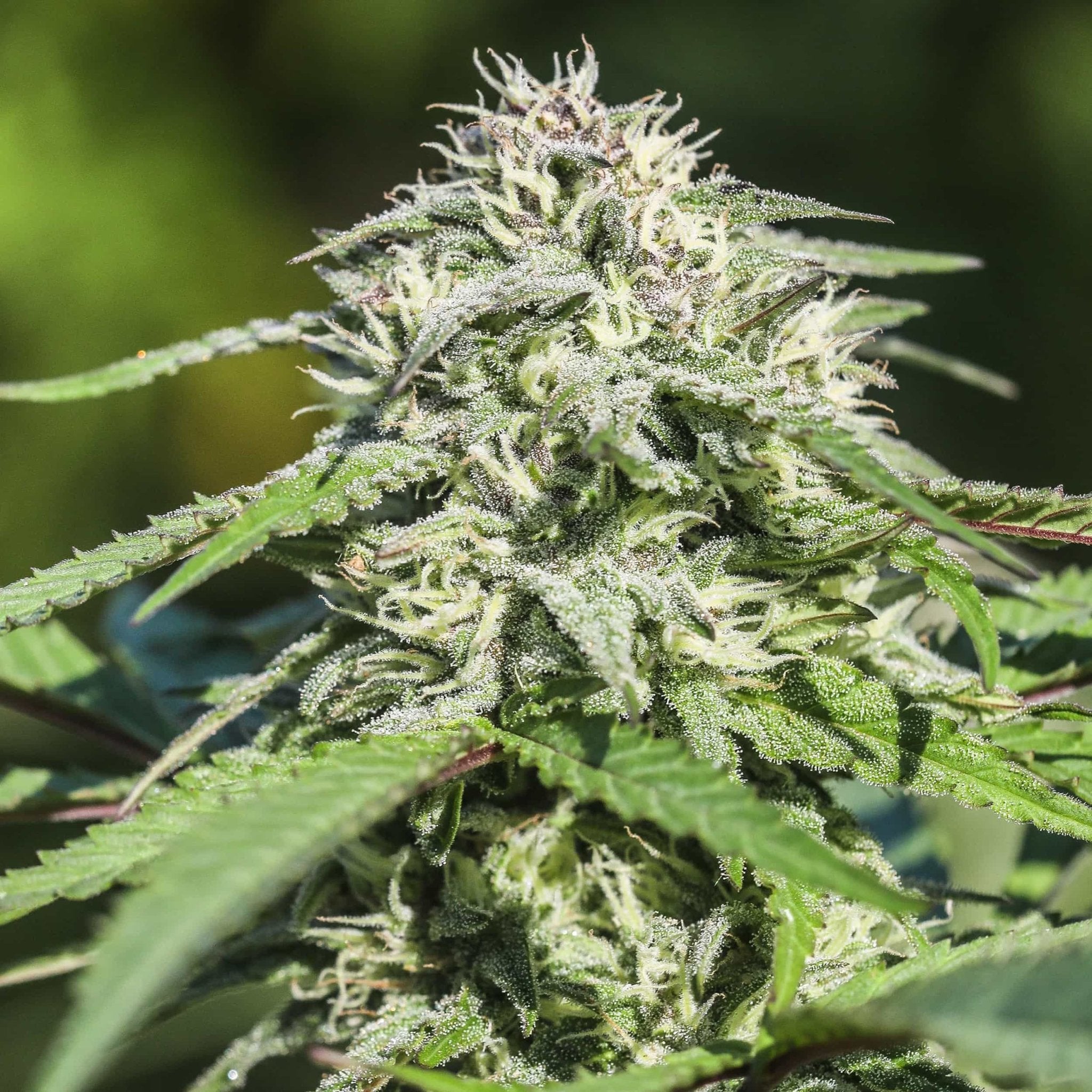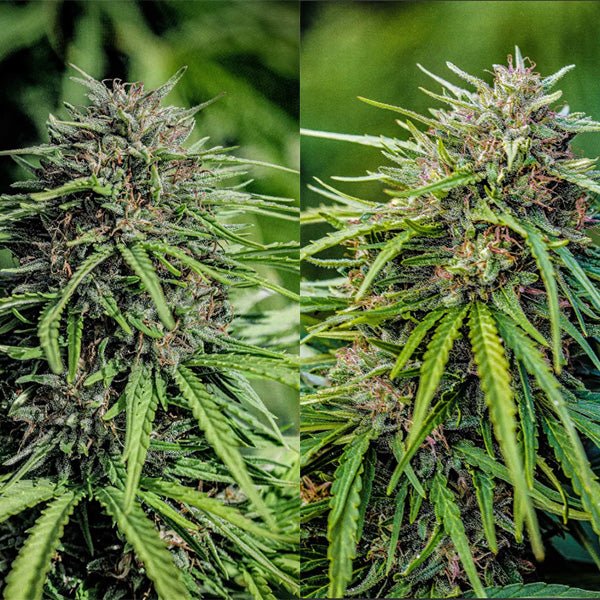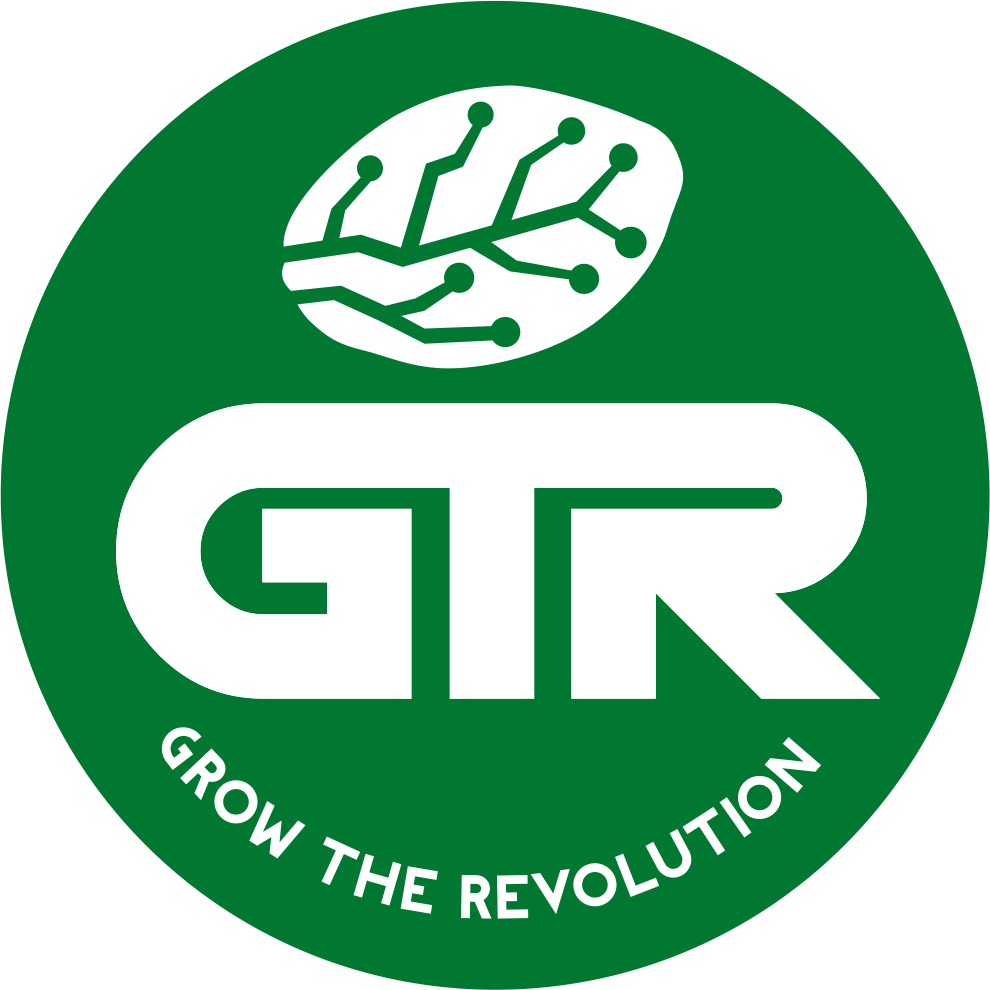As interest in hemp and cannabis cultivation increases, understanding the importance of proper fertilization becomes crucial for achieving optimal growth and maximizing yields. This post explores the key aspects of fertilizing high CBD, CBDV, CBG, THC, and THCV cannabis crops, including nutrient requirements, soil health, and best practices for successful cultivation. That said, all of our seeds behave just like regular cannabis plants - so if you already know what you are doing - stick to what you know.
Understanding Hemp and Cannabis Nutrient Needs
Cannabis is a fast-growing plant that requires a variety of nutrients for healthy development. Key macronutrients include:
- Nitrogen (N): Essential for vegetative growth, nitrogen promotes lush foliage and overall plant vigor.
- Phosphorus (P): Vital for root development and flowering, phosphorus aids in energy transfer and photosynthesis.
- Potassium (K): Important for water regulation and disease resistance, potassium helps strengthen cell walls and supports overall plant health.
In addition to macronutrients, hemp also requires micronutrients like magnesium, calcium, sulfur, and trace elements (e.g., iron, manganese, zinc) for optimal growth.
Soil Testing: The First Step
Before applying fertilizers, conducting a soil test is crucial. Soil tests provide valuable information about nutrient levels, pH, and organic matter content. This data allows farmers to tailor their fertilization strategies based on specific soil needs, ensuring that nutrients are available in the right amounts.
Steps for Soil Testing
- Collect Samples: Take samples from multiple locations within the field to get an accurate representation of soil health.
- Analyze Results: Review the soil test report to identify nutrient deficiencies or imbalances.
- Adjust pH: Hemp prefers a slightly acidic to neutral pH (6.0 to 7.0). If the pH is too low or high, amendments like lime or sulfur can be added to adjust it.
Fertilization Strategies
Once soil health is assessed, implementing an effective fertilization strategy is key to supporting healthy hemp/cannabis crops.
1. Pre-Planting Fertilization
Incorporating fertilizers into the soil before planting can help establish a nutrient-rich environment. Organic fertilizers, such as compost or well-rotted manure, can improve soil structure and provide a slow-release nutrient source.
2. In-Season Fertilization
Hemp requires different nutrient inputs at various growth stages:
- Vegetative Stage: During this phase, focus on nitrogen to promote leaf and stem growth. Applying a nitrogen-rich fertilizer can enhance biomass production.
- Flowering Stage: As the plant transitions to flowering, reduce nitrogen and increase phosphorus and potassium. This shift supports flower and seed development.
3. Foliar Feeding
Foliar feeding can be an effective way to address nutrient deficiencies quickly. Applying a nutrient solution directly to the leaves allows for rapid absorption. This method is particularly useful during critical growth phases when plants may require additional nutrients.
Sustainable Practices in Hemp and Cannabis Fertilization
Sustainability is increasingly important in modern agriculture. Implementing eco-friendly practices in hemp fertilization can benefit both the environment and crop yield.
1. Cover Crops
Planting cover crops during the off-season can improve soil health and nutrient availability. Leguminous cover crops, such as clover or vetch, fix atmospheric nitrogen, enriching the soil for the next hemp crop.
2. Crop Rotation
Incorporating crop rotation can prevent nutrient depletion and reduce pest and disease pressure. Rotating hemp with other crops allows for more balanced nutrient management and helps maintain soil fertility.
3. Organic Fertilizers
Utilizing organic fertilizers can enhance soil health and promote biodiversity. Organic options, such as bone meal, fish emulsion, or kelp extract, provide essential nutrients while improving soil structure and microbial activity.
Monitoring and Adjusting Fertilization
Regular monitoring of plant health and soil conditions is essential for successful fertilization. Observing signs of nutrient deficiencies, such as yellowing leaves or stunted growth, can guide adjustments in fertilization strategies. Additionally, periodic soil testing throughout the growing season can help fine-tune nutrient applications.
What does it all mean?
Fertilizing high CBD, CBG, CBDV, THC, and THCV hemp and cannabis crops effectively is vital for achieving high yields and ensuring plant health. By understanding hemp's nutrient requirements, conducting soil tests, and implementing sustainable practices, growers can cultivate thriving hemp plants that meet the demands of an expanding market. With careful planning and attention to soil health, the future of cannabis and hemp agriculture looks promising.


